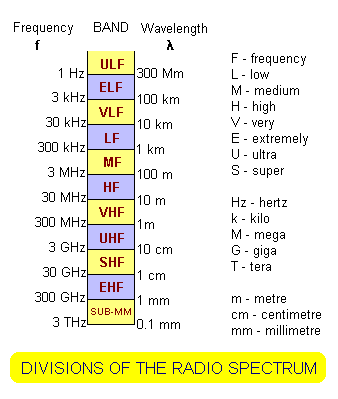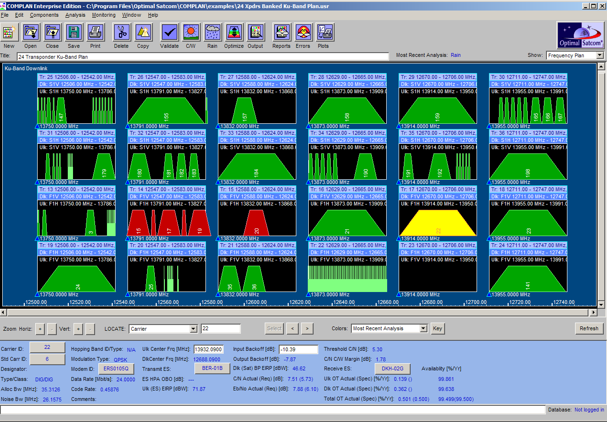Satellite Uplink Frequency Higher Than Downlink

The direction from vsats to sallite is known as uplink and the direction from satellite to vsats is known as downlink.
Satellite uplink frequency higher than downlink. Communication systems uplink and downlink frequency please watch. Higher power requirements involve the use of high power amplifiers with high ratings and. Low frequency means high wavelength. 6ghz band frequency is used for uplink and 4ghz frequency band is used for downlink in c band satellite communication operation.
So in order to overcome the attenuation ms has to transmit on high power. Now as would have thought separate frequency bands are always allocated for uplink and downlink signals often separated by a gap maybe for future allocation since the span of guard bands. 5925 mhz to 6425 mhz is uplink band where as 3700 to 4200 mhz is downlink band. Uplink freq is greater than the downlink frequency in satellite communication because the power requirement is less with higher freq than the low and it is easier to fullfil higher power.
Downlink means satellite to earth not from earth to satellite. On the other hand mobile tranmistting power is lower as compared to bts. At higher frequency attenuation is more hence more power will be required for signal transmission to ensure that it reaches the destination with the required minimum power. Hence downlink frequency should be greater than uplink frequency.
Uplink frequency is kept higher than downlink frequency for the following reasons. 2 both uplink and downlink will never be same because both may cancell each other due to change in phase. In downlink bts transmits power and it has definitely more power transmitting capacity as compared to mobile. But due to the constraint on the amount of energy available on the ms battery this approach is not feasible.
Uplink freq is greater than the downlink frequency in satellite communication because the power requirement is less with higher freq than the low and it is easier to fullfil higher power.




































